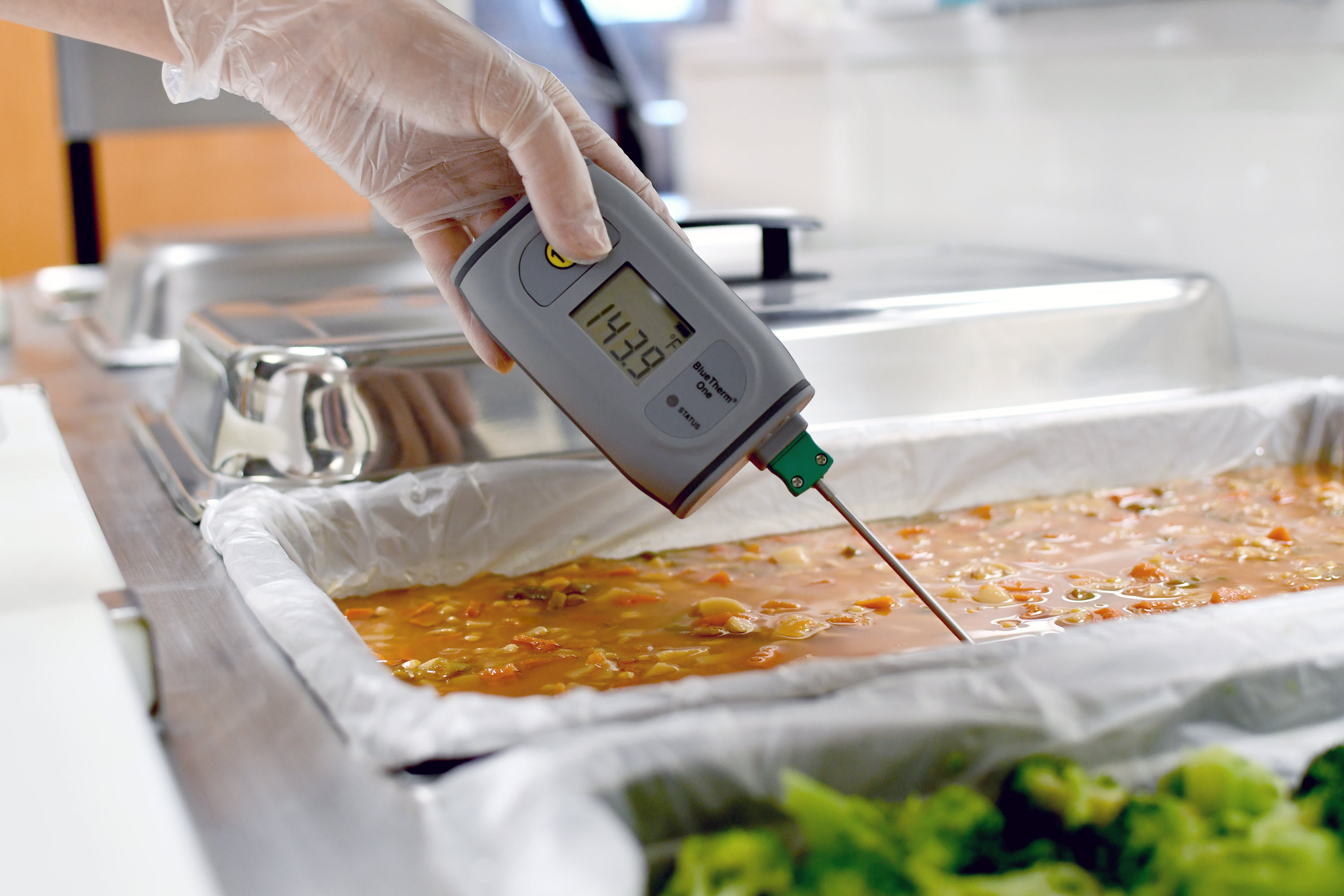Automated Temperature Monitoring Offers a Smart Solution for Kitchens
Posted on 4th May 2020
 From keeping up with customer demands to managing staff and preparing menus, a lot goes into operating a kitchen safely and efficiently. Noncommercial foodservice providers with large or small kitchens face numerous day-to-day challenges, including maintaining a high standard for customer satisfaction and meeting food safety regulations.
From keeping up with customer demands to managing staff and preparing menus, a lot goes into operating a kitchen safely and efficiently. Noncommercial foodservice providers with large or small kitchens face numerous day-to-day challenges, including maintaining a high standard for customer satisfaction and meeting food safety regulations.
One critical area that especially gives cooks and foodservice professionals trouble is temperature monitoring—both in refrigeration units and in prepared foods.
Many struggle with knowing how long to allow just-cooked food to cool down safely (sometimes referred to as the “chill-down”) before placing it in a refrigerator or freezer for storage. How do you avoid putting hot food items in the cooler too soon and ensure that food items cool just long enough that harmful bacteria does not build up?
Likewise, monitoring prepared foods, such as those served on a buffet or being delivered, can present its own challenges. Continuously overseeing line checks ensures that health and safety standards are being met, but it also pulls staff away from other important tasks.
Checking temperatures can be tedious and sometimes ineffective because directors or staff members manually check and record temperatures in a handwritten log. New technologies, however, are improving the process and helping many foodservice directors avoid costly run-ins with health inspectors.
One such system, due to be released soon, is the DayMark Temp Monitoring and Food Check Solution. Offered by DayMark Safety Systems in partnership with JRI—designers and manufacturers of measuring, control and monitoring solutions—the HACCP-compliant system provides food safety management, temperature monitoring, food checks and compliance through an intuitive and comprehensive web application, either wirelessly or through a hardwired connection.
Key advantages include an automatic alert sent via text or email when the system detects critical temperature changes that could affect food safety and quality, plus the ability for directors or other kitchen personnel to perform automated temperature and food checks from a remote location as frequently as needed. The system eliminates the need for staff to manually check temperatures and provides an accurate and reliable way to make sure all foods are stored and cooked correctly.
In the cloud
Systems that use cloud-based technology provide consistent and precise information, a key feature that becomes especially important when the health inspector visits. The DayMark solution, for example, sends information to the cloud, where it is maintained on a dashboard, eliminating worry about mistakes or the possibility of someone falsifying information.
Foodservice operators have a lot to do, and worrying about food safety while trying to keep up with the fast pace of operating a kitchen can be counterproductive. By investing in automated temperature-monitoring systems, they can worry less and focus more on delivering customer satisfaction.
Article originally appeared on the Food Service Director website.


